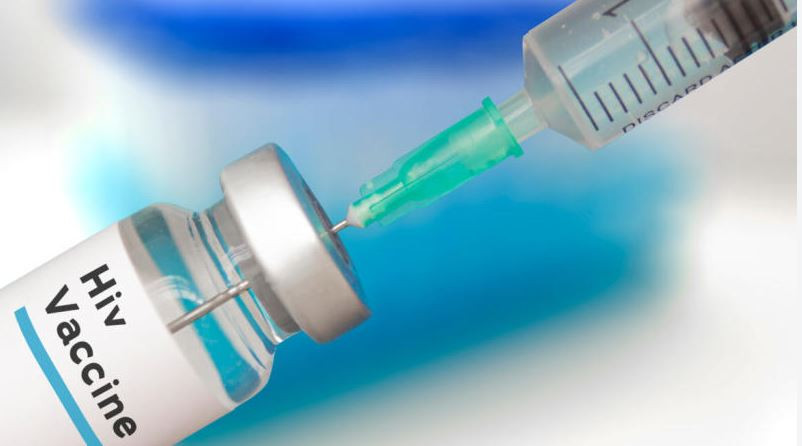
The number of newborns infected with HIV in Kenya is on the rise despite ongoing efforts to curb mother-to-child transmission.
A new report by the National AIDS and STIs Control Programme (NASCOP) and UNAIDS reveals that many infants are contracting the virus during breastfeeding.
The report, released yesterday, also highlights that early infant diagnosis and access to treatment remain worryingly low.
According to the report titled Triple Elimination – Private Health Sector and Professional Association Engagement, mother-to-child HIV infection increased from 7.3 to 9.3 per cent between 2023 and 2024.
The infections are reported in counties with low disease burden.
Nelly Pato, who leads the Prevention of Mother-to-Child Transmission (PMTCT) of HIV at NASCOP, said some mothers infect their babies because they do not receive ARVs during pregnancy, while others drop out of treatment.
“Early infant diagnosis is a major challenge facing the fight against HIV. Children are lagging behind. Looking at November 2024 data, 67 per cent of babies with HIV are put on treatment; among them, only 64 per cent suppress their viral load,” said Dr Pato.
A number of women also get to know their HIV status during antenatal clinics (ANC), an issue that significantly increases the risk of infection for newborns.
“Babies depend on guardians and their parents for their treatment, but when they fail, they end up defaulting, with some dying,” said Pato.
According to the report, 1,326,336 people are living with HIV.
New HIV infections also increased from 16,000 in 2023 to 19,991 in 2024, whereas a total of 21,077 people died of AIDS-related complications.
Of the deaths reported, 2,685 were children aged between zero and 14 years, while those in the same age group who got infected with the virus were 62,798.
Children are documented to have low treatment coverage, at only 75 per cent, despite high infection and death rates, with their viral suppression being 66 per cent.
The report was unveiled during the signing of commitments on triple elimination of HIV, syphilis, and Hepatitis B.
Stay informed. Subscribe to our newsletter
The commitments, signed by the Ministry of Health and various stakeholders including private and faith-based hospitals, are meant to strengthen health systems to improve access to care.
Additionally, Dr Pato said there is a need to adopt a multifaceted approach to eliminate HIV transmission from mothers to babies, and to involve partners including private hospitals where most of the transmissions are not captured.
Peter Hamisi, General Secretary for private health facilities, echoed the need for greater inclusion of the private sector in national HIV strategies.
Private hospitals, he said, have not been putting emphasis on testing, treatment, and follow-ups for pregnant mothers who are HIV-positive because they are profit-making entities.
“We want the government to tell us how we should partner, because for us, it is usually about business. We are in business, and we do not follow up HIV-positive mothers to know if they are on treatment or have their viral loads suppressed,” said Hamisi.
By engaging private hospitals, he said the government is in a position to get more data that is key in HIV/AIDS prevention and treatment.
“This meeting could not have come at a better time,” Hamisi said. “The government needs to understand that the private sector has a wealth of data that could greatly benefit national planning and programming.”
Further, he said there is a need for the government to allocate money for HIV treatment under the Social Health Authority (SHA), for treatment of HIV/AIDS in private hospitals.
Also present during the public-private partnership commitment was Dr Patrick Oyaro, Chief of Party at LVCT Health, who noted that despite efforts to strengthen HIV services, mother-to-child transmission remains a significant challenge.
As a solution, LVCT supports the national programme by ensuring that all pregnant and breastfeeding women are tested for HIV and by training healthcare workers across the country to deliver these essential services.
A key part of their work, he explained, is ensuring proper data collection and reporting, which is critical for informed planning and the proper supply of commodities.
“There is no way you can plan appropriately without reliable data,” said Oyaro. “We need accurate figures to know where gaps exist and what is needed to fill them.”
The freeze on foreign aid has, however, affected the fight against HIV/AIDS in the country.
One of the areas affected is the workforce, as many health workers employed under donor-funded programmes may need to transition to government structures.
As a mitigation, he said there is a need to integrate HIV services into broader health systems.
“We are having conversations about how to support those already employed by partners,” he said. “It is going to be a challenge, but it’s necessary for sustainability.”
LVCT is currently engaging with the private sector, recognising its critical role in the HIV response.
He also said there is a need for the private sector not only to offer services but also to report data into the national health information system.
He stressed that the private sector can also help mobilise resources and complement government efforts, especially in areas where the public health system is stretched.







